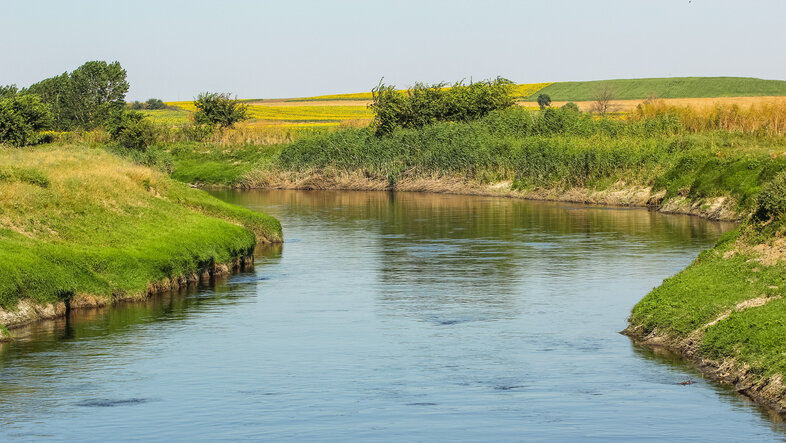
C3S: July 22 hottest day in recent history
July 22 was the hottest day on earth in recent history, according to the Copernicus ...

The goal of the international project SWAIN project, led by Atakan Aral from the Research Group Scientific Computing at the University of Vienna, is to create an early warning system for micropollutant spills in rivers, using artificial intelligence.
“Earlier in my research, I focused on urban areas like smart cities and smart buildings. 2019 was my turning point, when I witnessed the disaster in Poland, where a huge amount of wastewater spilled into the Vistula River. Tons of nitrogen, and phosphorus contaminated the water and this continued for days. I was astonished that it took them five days to detect the issue”, said Aral. This is also the case with many other disasters – such dangerous events often go unnoticed for a long time. They are only discovered after a mass death of fish or mussels.
“As someone who works on sensors and distributed computing systems, I was curious why there is no continuous monitoring system or some kind of early warning system that could alleviate such tragedies. This is where the initial idea came from”, explained Aral. He started collaborating with people from environmental sciences and international experts from Austria, Finland, Switzerland, and Turkey. Together they created the international project called SWAIN with the ultimate goal to create and provide the first artificial intelligence-based early warning and prediction system for agricultural, industrial, and residential pollution in European waterways. The system will locate the source of the pollution within minutes and provide a near real-time response.
Aral and his team use artificial intelligence in the form of a machine learning model combined with sensors that continuously collect different kinds of environmental data in rivers.
The AI will compare these data to historical ones and further make predictions. “The main novelty of our systems is that we are not only able to detect pollutants, but we can also backtrack them in the river network and detect the origin of the pollution. Within minutes after a spill, the system can identify the origin by analyzing water flow patterns”, Aral pointed out.
Their machine learning approach is based on a technique known as Graph Neural Networks. It processes data by looking at it as a graph or a network. This works well for river basins with their many branching tributaries and channels. To train the model, the researchers use data such as the speed of the water, the shape of the river, and the amount of rain.
July 22 was the hottest day on earth in recent history, according to the Copernicus ...
Google has engaged in partnership with DHL to utilize the DHL Express GoGreen Plus service ...
Mars has announced registering a record 8% greenhouse gas (GHG) emissions reduction against its 2015 ...


اترك تعليقا